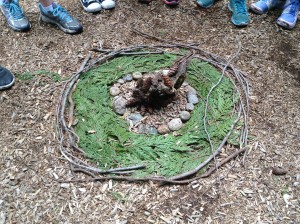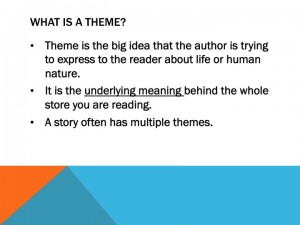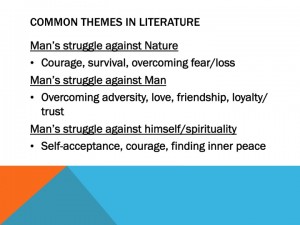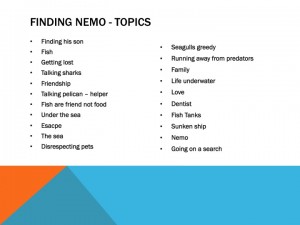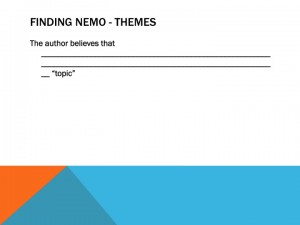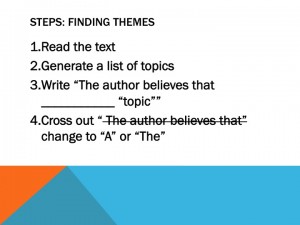This week I taught a variety of lessons in different subjects. I am currently teaching lessons on writing with the students. I’m finding it incredibly boring. If I’m bored how can I expect students to be engaged. I love writing but teaching grammar is mind numbing.
Okay, that’s a bit dramatic but I feel stuck. Maybe, it’s because the program I’m using isn’t exactly inspirational. I don’t know. I’m going to play around with topics and lesson structures and activities and see what I can do.
A highlight from this week was the art lesson I taught outside. I had the students create Andy Goldsworthy inspired sculptures. The students worked in groups and were so engaged and the pieces looked amazing. Overall, it was a great lesson. However, towards the end of the lesson we were doing a gallery walk of their sculptures and some of the students were goofing around and not paying attention. I started to loose my patience and used a sharp tone with the students. I was reflecting on this that night and realized that I wasn’t being my highest self. In our classroom we often ask the students to be their highest selves.
So, I thought how can I turn this into a learning opportunity. I decided to make a little restitution and model owning our mistakes. So in my next art lesson I said “Towards the end of our last lesson I wasn’t my highest self. I wanted to apologize and honour the hard work you guys put in.” The students were blown away and later that day someone even said “Sorry Ms. Brown, I wasn’t being my highest self.”

It was a good third week overall.
